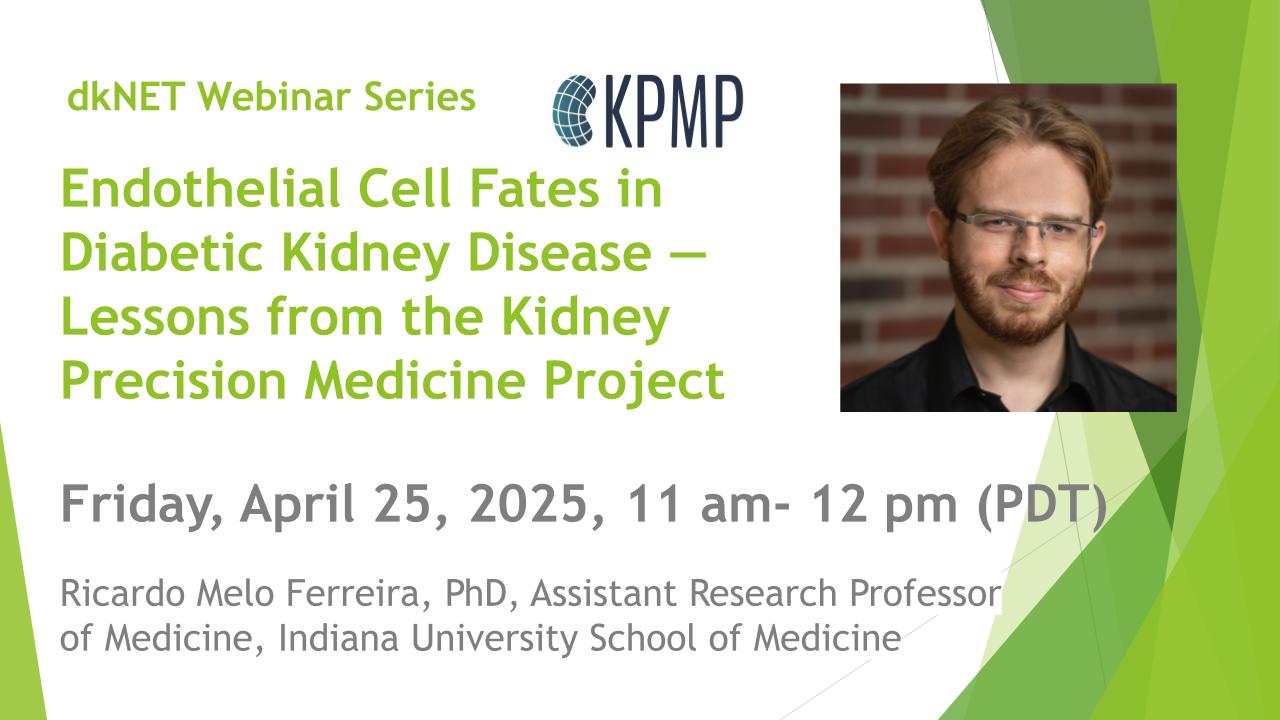Leaving Community
Are you sure you want to leave this community? Leaving the community will revoke any permissions you have been granted in this community.
[Recorded webinar and slides are available now!] Join dkNET Webinar: A New Approach to the Study of Energy Balance and Obesity using CalR (CalRapp.org) on May 8, 2020
*Watch recorded webinar here: https://youtu.be/oEwlC3uAimQ
*Webinar slides: https://www.slideshare.net/dkNET/dknet-webinar-a-new-approach-to-the-study-of-energy-balance-and-obesity-using-calr-05082020
Join dkNET Webinar on Friday, May. 8, 2020, 11 am - 12 pm PDT
Abstract
We report a web-based tool for analysis of experiments using indirect calorimetry to measure physiological energy balance. CalR simplifies the process to import raw data files, generate plots, and determine the most appropriate statistical tests for interpretation. Analysis using the generalized linear model (which includes ANOVA and ANCOVA) allows for flexibility in interpreting diverse experimental designs, including those of obesity and thermogenesis. Users also may produce standardized output files for an experiment that can be shared and subsequently re-evaluated using CalR. This framework will provide the transparency necessary to enhance consistency, rigor, and reproducibility. The CalR analysis software will greatly increase the speed and efficiency with which metabolic experiments can be organized, analyzed per accepted norms, and reproduced and has become a standard tool for the field. CalR is accessible at https://CalRapp.org/
The top 4 key questions that our tool can answer:
- Can I reproducibly and transparently analyze indirect calorimetry experiments in under 10 minutes?
- How hard is it to use Analysis of Covariance (ANCOVA) to determine whether my groups of animals are significantly different?
- Is there an automated, reproducible way to exclude “noisy” outlier data from our indirect calorimetry experiments?
- What are the key factors in determining metabolic rate of mice?
Presenter: Alexander Banks, PhD, principal investigator and assistant professor at Harvard Medical School and the Beth Israel Deaconess Medical Center.
Dial-in information: https://uchealth.zoom.us/meeting/register/tJcqcOqhqjgilhMrEhYDD50zoDTrv-3qXg
Upcoming webinars schedule: https://dknet.org/about/webinar





